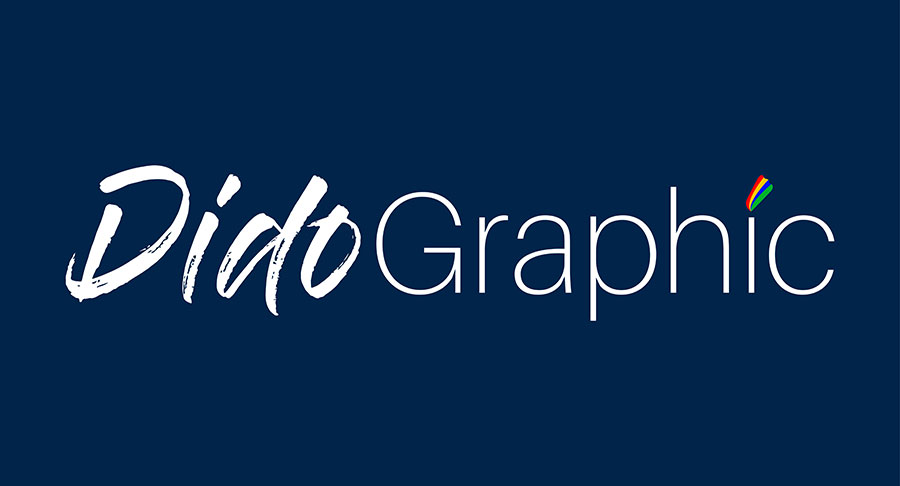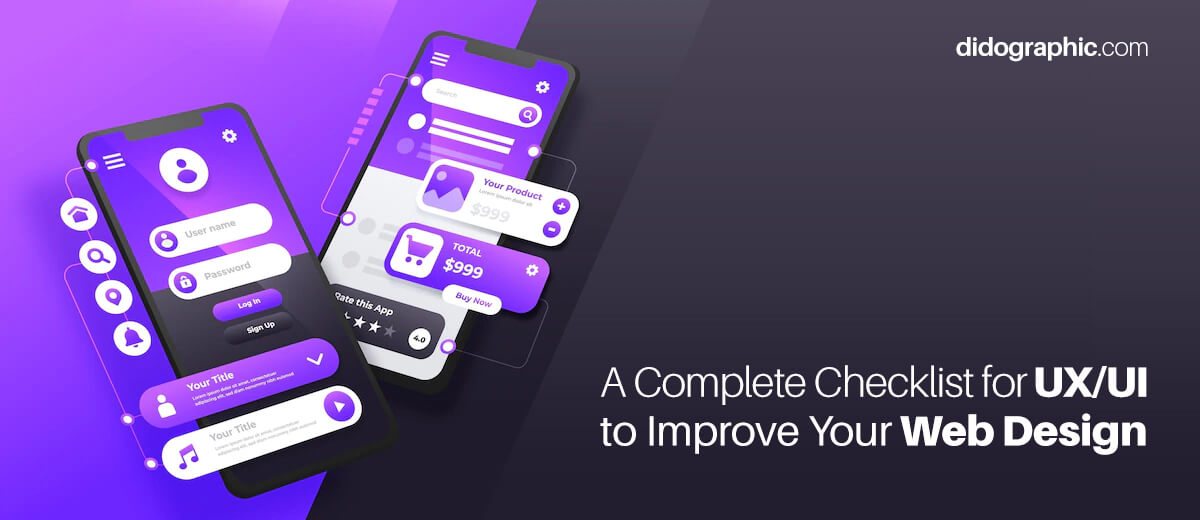A Complete Checklist for UX/UI to Improve Your Web Design
Do you want, what are the essential elements to improve your website's UX/UI design? If you don’t know, this blog is the best guide to a checklist for UX/UI design for your website.
As you know, user interface and user experience are vital for designing websites or mobile apps these days. You can take your website UI/UX to the next level if you consider some small but essential design elements in your website design.
Let’s get in-depth about User Interface and User Experience. Then we will get to know an outstanding checklist for the UX/UI design of the website.
What is the User Interface or UI?
A user interface (UI) is a series of screens, pages, and visual elements, such as buttons and icons, that users can use to interact with a device. These are the elements, graphics, and effects used in the design.
What is user experience or UX?
User experience is the internal experience a person has when browsing a website. It is not limited to the website's visual appearance but is highly dependent on the usability, accessibility, simplicity, and value that UX provides users.
Web UI and UX are generally talked about together because both of these elements are equally important to excellent web design and can be achieved by helping each other.
We hope you understand the User Experience and User Interface. But if you still have doubts about improving conversions with UX/UI design, contact the best Web Design Company in India. They will guide you in detail about the importance of UI/UX
Design for your website. Now let’s see the complete checklist for UX/UI web design.
A Comprehensive Checklist for UX/UI
Before submitting your proposal, make sure you check all the boxes in the list. You might miss some aspects of the design that can affect the UI/UX of the website. The omission of small details is quite evident to any designer. We have created a website UI/UX design checklist for UX/UI to help you create user-friendly designs. We have divided the checklist into 6 following sections.
| User experience design | |
| Home page design | |
| Website Layout | |
| Site navigation | |
| Website accessibility. | |
| Content | |
| Contact forms |
So, let’s know about each section one by one.
Home Page Design Checklist
The home page of a website is the first and most important page that users notice. Just as newspapers display essential news on the front page, it is crucial to display the most important content on the home page of a website. Here are significant checklists for UX/UI design to help you design a creative and effective website homepage.
- The design encourages users to explore the site further.
- It shows all critical services and products
- The design is easy to understand, and the action URL is short and easy to remember
- Relevant and high-quality images and videos are used
- Have links to all subpages
- Have a precise location and contact information
- All major changes and updates are easy to spot on the home page
- They have a clear call to action
- Have a link to the privacy policy and terms of service page
- The page loads quickly on all devices
- Use high-quality and unique images
- The home page should represent your company’s culture
- There’s a navigation bar with clear links to key pages and categories
- Links to social networks are clearly displayed
- The home page should create a positive first impression that’s appropriate for your business
- The purpose of the site is immediately clear
- Always use images and videos that are relevant and meaningful
Site Layout Checklist
The layout is the foundation of every website. Knowing user perception and user interest will help you design a layout that the user wants to see. Once you know the users' interests, you can follow the following checklist for UX/UI to make sure you design the perfect layout for your target audience.
- This is a responsive website design
- Important content is displayed first
- All information is displayed correctly
- It is less distracting with fewer pop-ups
- Consistency in design and information
- Have multiple login options
- Have links to relevant pages
- The design, layout, and organization of the site
- Consistent and appropriate for your brand
- Related information is clearly grouped together
- Pages aren’t cluttered and have enough white space to make them clear and easily readable
- The layout focuses users’ attention on what to do next
- Your logo is in the same place on every page
- It’s clear which elements are ‘clickable.’
- There is an obvious ‘visual starting point’ on each page
- Fonts are used consistently across all pages
- Pages don’t have headings that look like the end of the page in the middle of the content.
- The background isn’t complicated and doesn’t distract from the content
- Attention-grabbing features, such as animations, are used sparingly and only if relevant
- The site is easy to use on different devices and browsers without horizontal scrolling
Site Navigation Checklist
Web navigation is how users move from one page to another. It should be easy to understand and focused on the goal of the website. The checklist for UX/UI design below will help you create a nice and strategic navigation system for your website.
- Navigation is consistent and appropriate on every page
- The main navigation is easy to identify and understand
- The Logo of the company is linked to the homepage
- It's easy for users to identify where they are on the site.
- They have an optimized URL structure
- All important links are easily recognizable. There is no alphabetical order of links
- All links are descriptive and functional
- There are clear navigation labels
- The web search works properly
- The main keywords in the content are linked to the respective pages
- The entire navigation path is focused on the final destination of the website
- Have a clear call to action on every page
- Have a meaningful and useful 404 page
- Navigation is clear and consistent on every page
- There are clear links to the main pages and categories on every page
- Navigation tabs are located at the top of the page
- Content is organized into categories logically
- Category labels accurately and clearly describe what’s in the category
- If the site has a lot of products, users can sort and filter category pages
- Navigation labels contain ‘trigger words’ that users look for when they scan the site
- There is an obvious change when the user hovers the mouse over something's clickable elements.
- If it’s an eCommerce site, there are clear links to the basket and checkout on each page
- There is a sitemap providing a clear overview of the site’s content
- There is a link to the sitemap on every page
- It’s clear to users where they are on the site – for example, using breadcrumbs


Comments
Post a Comment